
|
Mexico
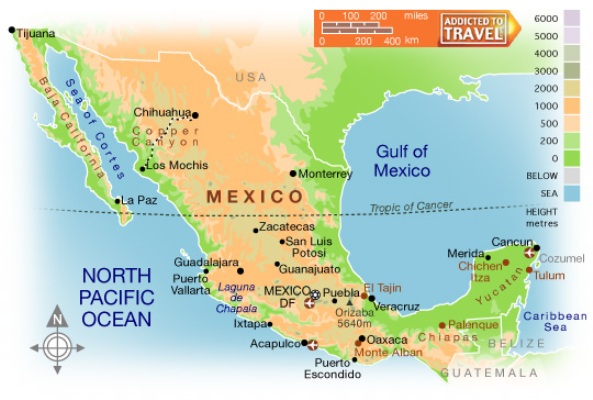
Introduction The United States of Mexico or Mexico is the largest Spanish speaking country in the world with a population of over 100 million. It is also one of the most powerful economic nations in the Americas with a booming tourist industry, attracted by the brilliant beaches of Cancun, Acapulco, Mazatlan, and Puerto Vallarta. It is the 14th largest country in the world with a diversity to match, including an enormous coastline, desert, rain forest, mountains,fertile plains, and rich agriculture in the north. It has two mountain ranges: Sierra Madre Occidental in west, Sierra Madre Oriental in east, and also has two major peninsulas: Baja California in the west and Yucatan in the east. It has a temperate climate year-round. Summer is the rainy season, but rain rarely lasts more than a couple of hours, in the late afternoon. Extremes are present in the North and in Baja, both of which have deserts where the temperature soars above 100F. However Mexico City only gets to the high 80s, while the coasts usually stay in the mid-90s. Night time temperatures are 60F. |
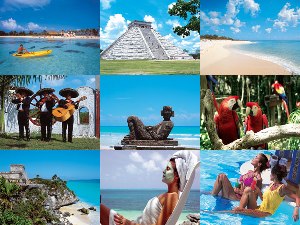 |
Introducción Los Estados Unidos de México o México es el mayor país de habla española en el mundo con una población de más de 100 millones personas. También es una de las naciones económicamente más poderosos del continente americano con una industria turística en auge, atraído por las playas brillantes de Cancún, Acapulco, Mazatlán y Puerto Vallarta. Es el país número 14 del mundo, con una grande diversidad, incluyendo un enorme costa, desierto, selva, montañas, llanuras fértiles, y la agricultura rica en el norte. Tiene dos cadenas montañosas: la Sierra Madre Occidental en el oeste, la Sierra Madre Oriental en el este, y también tiene dos grandes penínsulas: Baja California en el oeste y de Yucatán, en el este. Tiene un año de clima templado todo el año. El verano es la temporada de lluvias, pero la lluvia rara vez dura más de un par de horas, en la tarde. Los extremos están presentes en el Norte y en Baja California, los cuales han desiertos donde la temperatura se eleva por encima de 100F. Sin embargo la ciudad de México, sólo llega a los 80 de alto, mientras que las costas suelen quedarse a mediados de los años 90. Noche temperaturas estan 60F. |
|
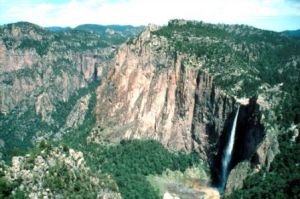 |
|||
Early Development
|
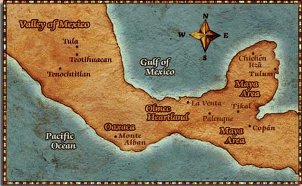 |
Desarrollo Temprano En el año 1000 aC los Olmecas fueron los fundadores de la civilización México. Ampliar el centro y sur de México, construyeron ciudades y las tallas de piedra enorme. Su Dios era un jaguar, pero de repente desapareció alrededor de 400 a. C. dejando poco en el camino de los artefactos. Ellos prepararon el camino para otras grandes culturas como la Teotihuacana, Zapoteca, Mixtecas, Mayas, Toltecas y Aztecas. Estos pueblos fueron experto en arquitectura, textil, arte y cerámica. También desarrollaron el conocimiento de la astronomía y el sistema solar, y las matemáticas. Tal vez más se sabe sobre los aztecas que desarrolló a partir de casi nada a ser el mayor imperio en el siglo 15, gobernó desde Tenochtitlan, el día de hoy la ciudad de México. Esta era una ciudad de 100.000 personas con una gran cultura y las pirámides y las proezas de la ingeniería civil, con las carreteras y acueductos. El gobierno fue a través de un poderoso emperador, y los impuestos fueron pagados por los pueblos conquistados. Sin embargo todo esto llegó a su fin con la llegada de Hernán Cortés, que logró subyugar a un inmenso imperio, con relativamente pocos soldados equipados con armas de fuego y miles de indios aliados. |
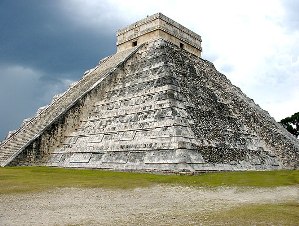 |
||
Spanish occupation to current era
|
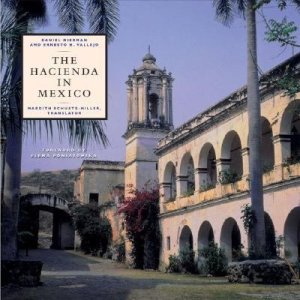 |
Ocupación Española de la era actual México tenía una gran diversidad de activos de mineral a la agricultura, se convirtió en el primer territorio de ultramar del imperio Español. Los indios fueron esclavizados y locales se pusieron a trabajar en las haciendas de generar riqueza para los colonos españoles y para generar ingresos masivos de impuestos para el imperio. El país fue gobernado completamente por España y durante los siguientes años de desarrollo, esta falta de independencia comenzó a irritar a las clases altas de México. Cuando España fue conquistada por Francia en el 1800, este fue el catalizador de México para romper la yema del imperio. Miguel de Hidalgo encabezó un ejército de rebeldes en 1810, pero fue frustrado y ejecutado. Sin embargo, esto provocó una guerra por la independencia, que en última instancia, para tener éxito una década después. Los problemas para el país naciente entonces comenzó un siglo de luchas internas. Un período que incluyó los nombres legendarios como: Santa Ana, Benito Juárez, Maximiliano, Porfirio Díaz, Francisco I. Madero, Zapata, Pancho Villa, Carranza y Obregón. Ciertamente, la Revolución Mexicana, que llegó a su fin en 1920 fue uno de los más sangrientos en la historia. |
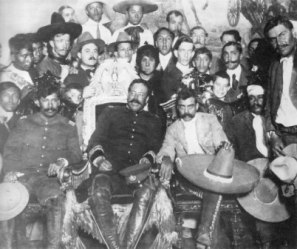 |
||
The Modern Era Since that time, the Partido Revolucionario Institutional, PRI, has been the predominant party on the Mexican political scene. The founding leader, Calles, was assassinated in 1928 and replaced by Lazaro Cardenas who achieved some popular reforms in land distribution and industrial relations. The PRI have held on to power ever since by fair means or foul. However there are signs in the last decade or so that the PRI realise they need to share some power with their opposition. The economy is booming in many areas, so the future should be good for the country. The economy has been reliant on agriculture and some old industry which is gradually being replaced by modern techniques assisted by the introduction of a growing private sector. The government has also stimulated competition in major sectors like transport, telecoms, power generation and distribution. The Free Trade Agreements with the US and other countries have acted as a catalyst to trade over the last couple of decades, but poverty is still a major issue. In the last 3 years the Felipe Calderon government has pushed through energy, tax and pension reforms. In 2009 the economy dipped into recession like most of the world, but is expected to grow again by the end of 2010. |
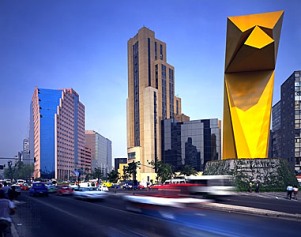 |
La Edad Moderna Desde entonces, el Partido Revolucionario Institucional, PRI, ha sido el partido predominante en la escena política Mexicana. El líder fundador, Calles, fue asesinado en 1928 y sustituido por Lázaro Cárdenas quien logró algunas reformas populares de distribución de la tierra y las relaciones laborales. El PRI ha mantenido en el poder desde entonces por las buenas o por las malas. Sin embargo, hay signos en la última década, o que la cuenta de que necesitan del PRI para compartir algo de poder con sus opositores. La economía está en auge en muchas áreas, por lo que el futuro debe ser bueno para el país |
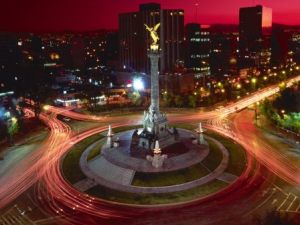 |
Other Mexico information
Copyright © and TM 2007-2024 fun-learning-spanish.com |
